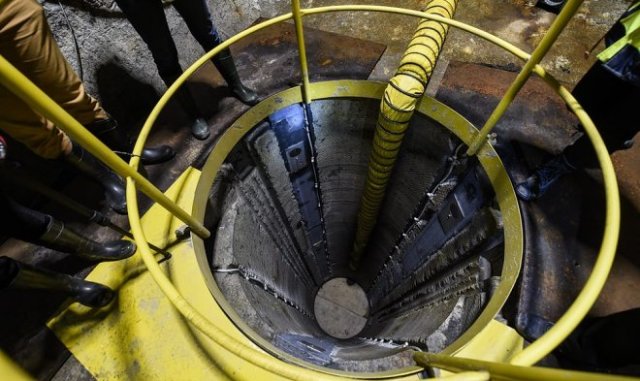
Nuclear waste storage
The inconspicuous tiny Finnish town of Eurajoki is known throughout the country today — here in two years a bunker for the ultra-long storage of nuclear waste Onkalo, which means "deep pit" in Russian, will be put into operation. If the project is successful, spent uranium rods will be stored here in the next 100 thousand years.
Finland— a small Scandinavian country with a population of 5.5 million people, unlike most European countries, is in no hurry to part with its nuclear energy. The tiny island of Olkiluoto, located in the Gulf of Bothnia, was chosen as an ideal place for a nuclear power plant and a nuclear burial ground, whose population is mainly engaged in servicing these facilities. There are three boiling water-water reactors on the island — two operating and one under construction. With its launch, Finland will be able to cover almost half of its energy needs.

Nuclear waste storage
An important aspect of nuclear "independence" is the presence of a nuclear waste repository. Onkalo is located in the rock thickness, where water does not penetrate, and which is as far as possible from the nearest areas with high seismic activity. Nuclear waste will first be packed in a sealed cast-iron container, and then placed in an argon-filled copper container. The main concern of security specialists is related to possible corrosion. They fear that over time, even water can penetrate into sealed containers and the oxygen dissolved in it will become food for bacteria and other microorganisms that contribute to corrosion.
